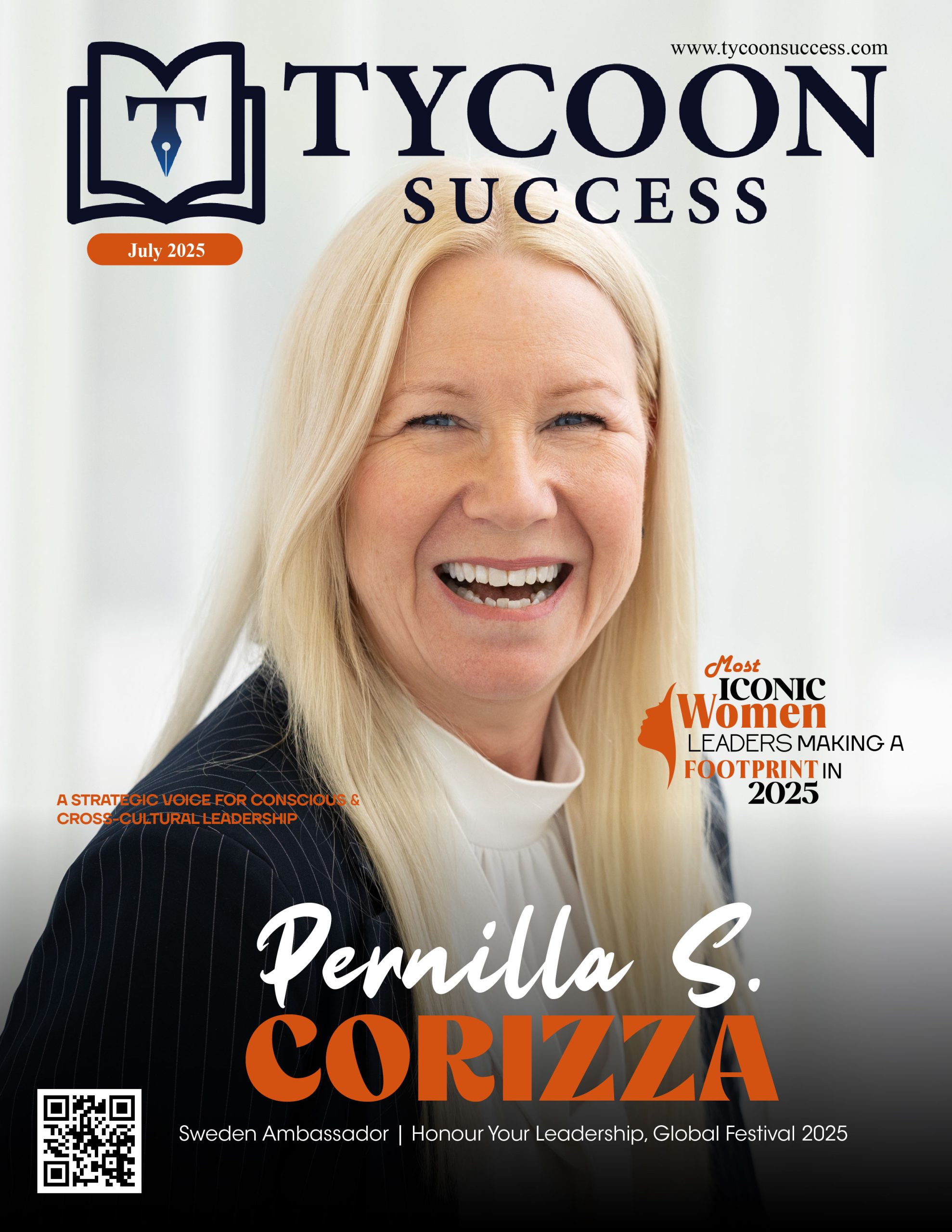In the current digital era, content creators encounter a growing threat of their original works being replicated, appropriated, or exploited without authorization. Regardless of whether you are a writer, designer, photographer, or video producer, it is crucial to protect your intellectual property (IP) to preserve creative control and effectively monetize your creations. Below are six practical methods to secure your content on the internet:
- Copyright Your Work
The instant you produce original content, it is inherently safeguarded by copyright law. Nevertheless, formally registering your work with a copyright office provides enhanced legal protection in the event of infringement. This registration serves as official evidence of ownership and grants the right to seek damages in court, which is particularly advantageous for high-value content or extensive projects.
- Use Watermarks and Metadata
To protect visual content such as images and videos, incorporating watermarks that display your name or logo can deter unauthorized usage. Furthermore, integrating metadata concealed information including your name, the date, and copyright notice into your files can assist in establishing authorship and monitoring unauthorized distribution.
- Publish Through Trusted Platforms
Select trustworthy platforms that incorporate copyright enforcement mechanisms. Services such as YouTube, Instagram, or Medium provide functionalities to report violations and safeguard against unauthorized reposting. It is essential to examine a platform’s terms of service to confirm that your rights are preserved following publication.
- Use Licensing Tools
Clearly articulate how others may utilize your content by implementing licenses such as Creative Commons. If you wish to permit sharing while prohibiting commercial use, you can establish those conditions in advance. Resources like Creative Commons or licensing marketplaces assist you in delineating usage rights and safeguarding against exploitation.
- Monitor the Internet for Infringements
Utilize digital resources and services such as Google Alerts, Copyscape, or TinEye to track the presence of your content on the internet. These resources can assist you in determining whether someone has duplicated or redistributed your work without authorization, allowing you to respond promptly.
- Include Terms of Use and Disclaimers
If you manage a website or blog, it is essential to provide explicit terms of use that detail how your content may be accessed and reused. A straightforward copyright notice along with a disclaimer at the bottom of your pages can serve as a legal deterrent and strengthen your claims of ownership.
By implementing these proactive measures, content creators can greatly minimize the likelihood of digital theft and retain authority over the usage of their work. In a time characterized by swift content dissemination, safeguarding is not merely optional; it is imperative.







